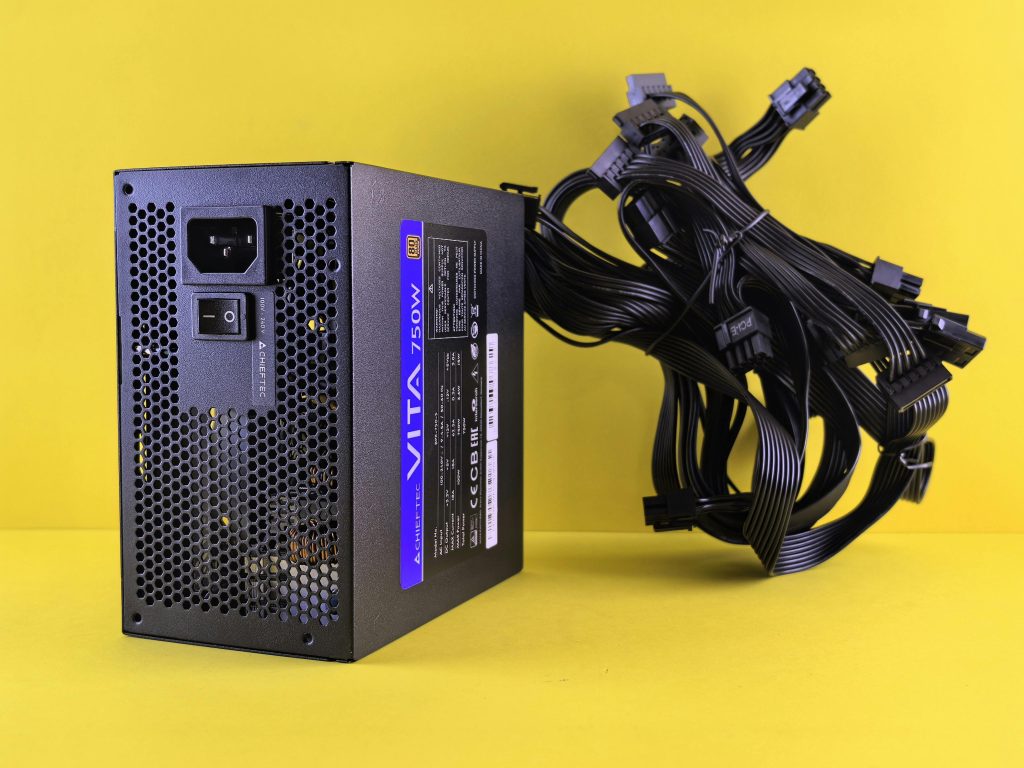How to Recover Deleted Data from an SD Card: A Comprehensive Guide
In the digital age, SD cards have become an essential part of our lives, used widely in smartphones, cameras, tablets, and other portable devices for storing photos, videos, and files. They offer a convenient and compact way to extend the storage capacity of our devices. However, just as with any other storage medium, SD cards are prone to data loss, which can be distressing, especially if crucial files are at stake. If you’ve found yourself in such a situation where your SD card data has mysteriously vanished, you may wonder: is it possible to recover those files, or are they gone for good?
Fortunately, there are several methods to potentially recover lost data from an SD card. In this comprehensive guide, we’ll explore the reasons behind data loss, the steps you can take to increase your chances of recovering your files, and the tools available for Data Recovery.
Understanding Why SD Card Data Loss Occurs
To effectively address the issue of Data Recovery, it’s essential to understand why data might be lost from an SD card. Below are a few common causes:
1. Accidental Deletion
One of the most frequent causes of data loss on SD cards is user error, such as accidentally deleting files. It’s an easy mistake to make, especially when one is managing files quickly or not paying full attention.
2. Formatting
Formatting the SD card without backing up the data first will erase all the stored files. This often happens when a card is inserted into a new device that prompts for formatting.
3. Corruption
SD card corruption can occur due to flawed sectors, file system errors, or a virus attack, rendering the data inaccessible.
4. Physical Damage
While SD cards are resilient, they are not invincible. Physical damage from bending, dropping, or exposure to water can lead to data loss.
5. Improper Removal
Removing an SD card from a device while files are still being written or read can lead to data corruption.
Steps to Take Immediately After Data Loss
If you discover that your files are missing from your SD card, it’s vital to take the following immediate steps to increase the likelihood of successful Data Recovery:
Stop Using the SD Card
Continuing to use the SD card might overwrite the data you wish to recover. To prevent this, remove the SD card from the device and avoid recording any new data on it.
Secure the SD Card
Store the SD card in a safe, dust-free environment to prevent further physical damage.
Assess Your Backup Options
Check any recent backups you might have made on cloud services or other storage devices. Sometimes Data Recovery is as simple as restoring from a backup.
Methods of Recovering Data from an SD Card
There are several approaches to recovering lost data from an SD card. The most suitable method for you will depend on the cause of the data loss, your technical proficiency, and resources available.
1. Use Data Recovery Software
Data recovery Software is designed to help retrieve lost, deleted, or corrupted files from various storage media, including SD cards. Here are a few well-known options:
Recuva
Recuva is a straightforward recovery tool offering both a free and a professional version. It is effective for Windows users and supports a wide range of file formats.
EaseUS Data Recovery Wizard
EaseUS provides a user-friendly interface suitable for beginners. It also offers both a free and paid version and is compatible with both Windows and Mac operating systems.
Disk Drill
Disk Drill is another popular recovery tool known for its advanced algorithms, supporting more than 400 file types and offering free recovery up to 500MB on the Mac version.
Steps to Recovery Using Software
- Download and Install: Choose a recovery Software and follow the installation instructions on your computer.
- Connect the SD Card: Use an SD card reader to connect the card to your computer.
- Scan the SD Card: Open the Software and select your SD card as the target for a thorough scan.
- Preview and Recover: Review the list of recoverable files and select the ones you need to recover. Follow the software’s instructions to restore the files.
2. Consult a Professional Data Recovery Service
If Data Recovery software does not yield satisfactory results or if your SD card has sustained physical damage, consider reaching out to a professional Data Recovery service. Companies specializing in data retrieval have the required tools and expertise to Recover Data from damaged or severely corrupted media.
Maximizing Recovery Success
While Data Recovery is frequently successful, it isn’t guaranteed. Here are a few tips to improve your chances:
Regular Backups
Make it a habit to regularly back up your important files using cloud services or external hard drives to minimize future data loss impacts.
Be Cautious with Device Handling
Avoid abrupt removal of SD cards and always safely eject them from the device. Additionally, prevent physical damage by storing them in protective cases.
Keep Software Updated
Out-of-date software might not promptly diagnose file system errors, leading to SD card corruption. Regularly update your device’s software to ensure compatibility and protection.
Protect Against Viruses
Ensure your devices have updated antivirus software installed to protect against virus attacks which can lead to data loss.
Conclusion
Losing important data from an SD card can be a frightening experience. However, there’s hope in potential recovery through Data Recovery software and professional services. Understanding the root causes of data loss enhances your ability to prevent future occurrences and take quick, effective action if they do happen.
Ultimately, the key to ensuring your valuable files are protected lies in the preventive measures you take — regular backups, cautious handling, and maintaining robust virus protection. These steps will not only safeguard you against unforeseen data loss but also ensure peace of mind in managing your digital assets.
Share this content:




Response
Thank you for the comprehensive guide on recovering deleted data from SD cards. As someone with technical expertise, I would like to emphasize a couple of points that can enhance your Data Recovery efforts:
Data Recovery Software
When using recovery Software like Recuva, EaseUS Data Recovery Wizard, or Disk Drill, be sure to run a deep scan instead of a quick scan if your first attempt doesn’t yield satisfactory results. A deep scan searches more thoroughly for lost data and can sometimes find files that were seemingly lost forever.
File System Considerations
If your SD card gets corrupted frequently, consider reformatting it with a different file system format (like exFAT instead of FAT32 for larger cards). This can sometimes help in avoiding future corruption, but remember to always back up data beforehand.
Physical Damage
If you suspect physical damage, refrain from trying to access the SD card directly with Software tools, as that may exacerbate damage. Instead, seek professional Data Recovery services immediately. They have specialized equipment to handle sensitive hardware issues.
Using Command-Line Tools
For tech-savvy users, utilizing command-line tools such as
TestDiskcan provide a powerful alternative. It’s open-source and supports various file systems, enablingHi there, I understand how distressing it can be to lose data from your SD card. Based on the article you shared, here are some steps and recommendations that might help you recover your files: